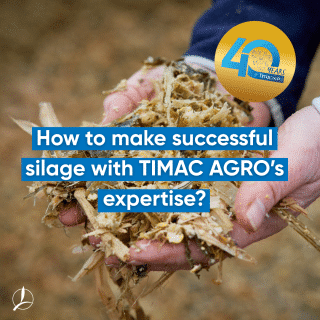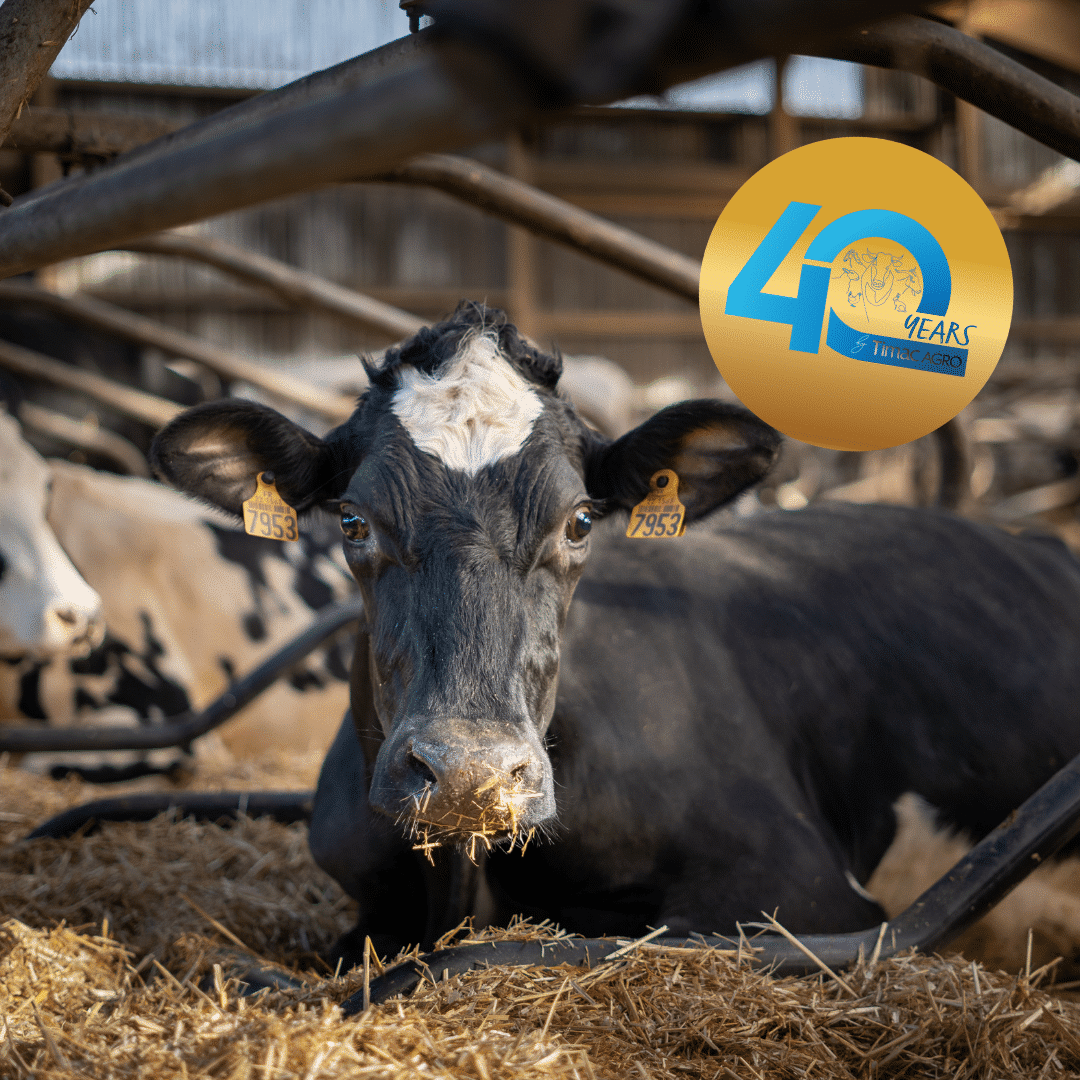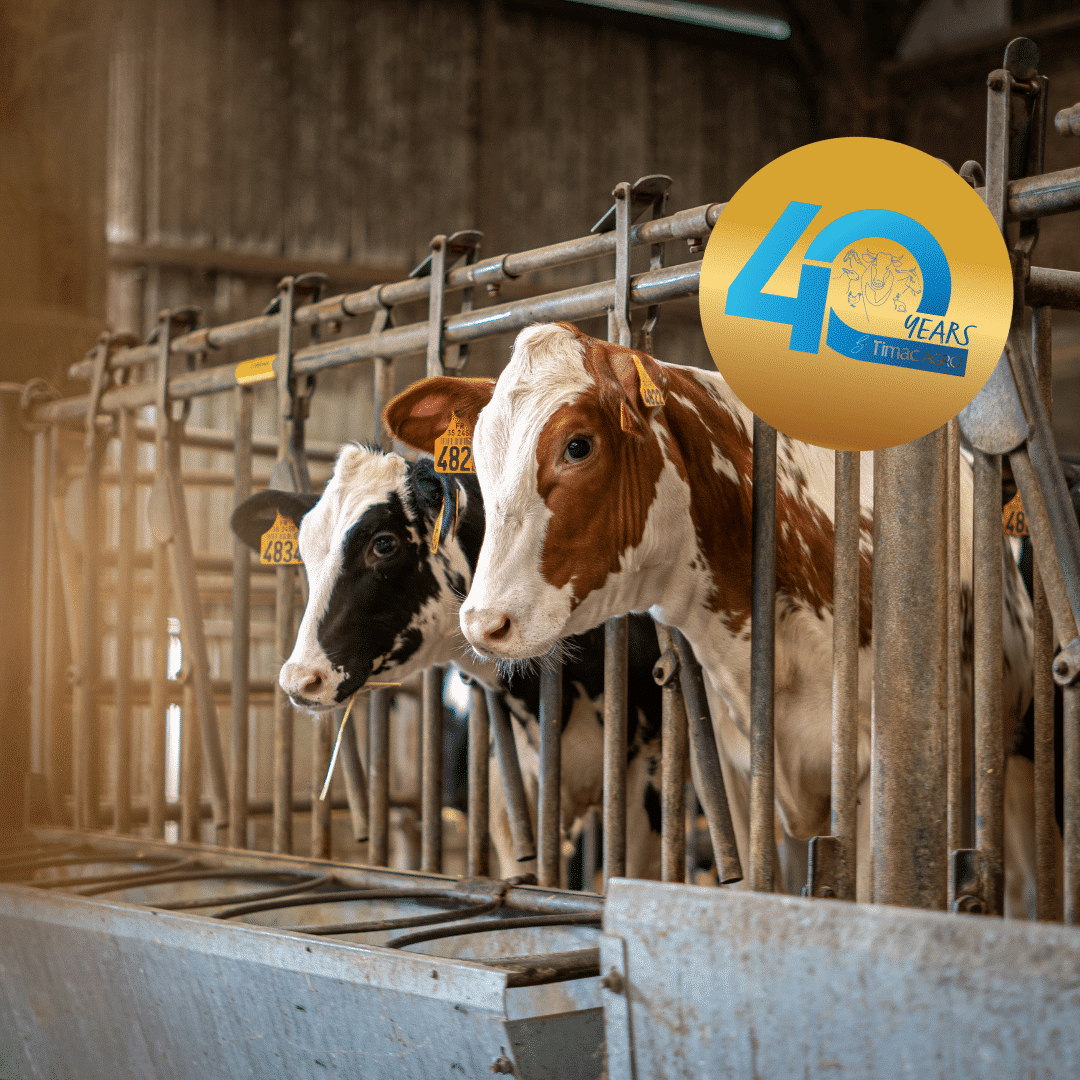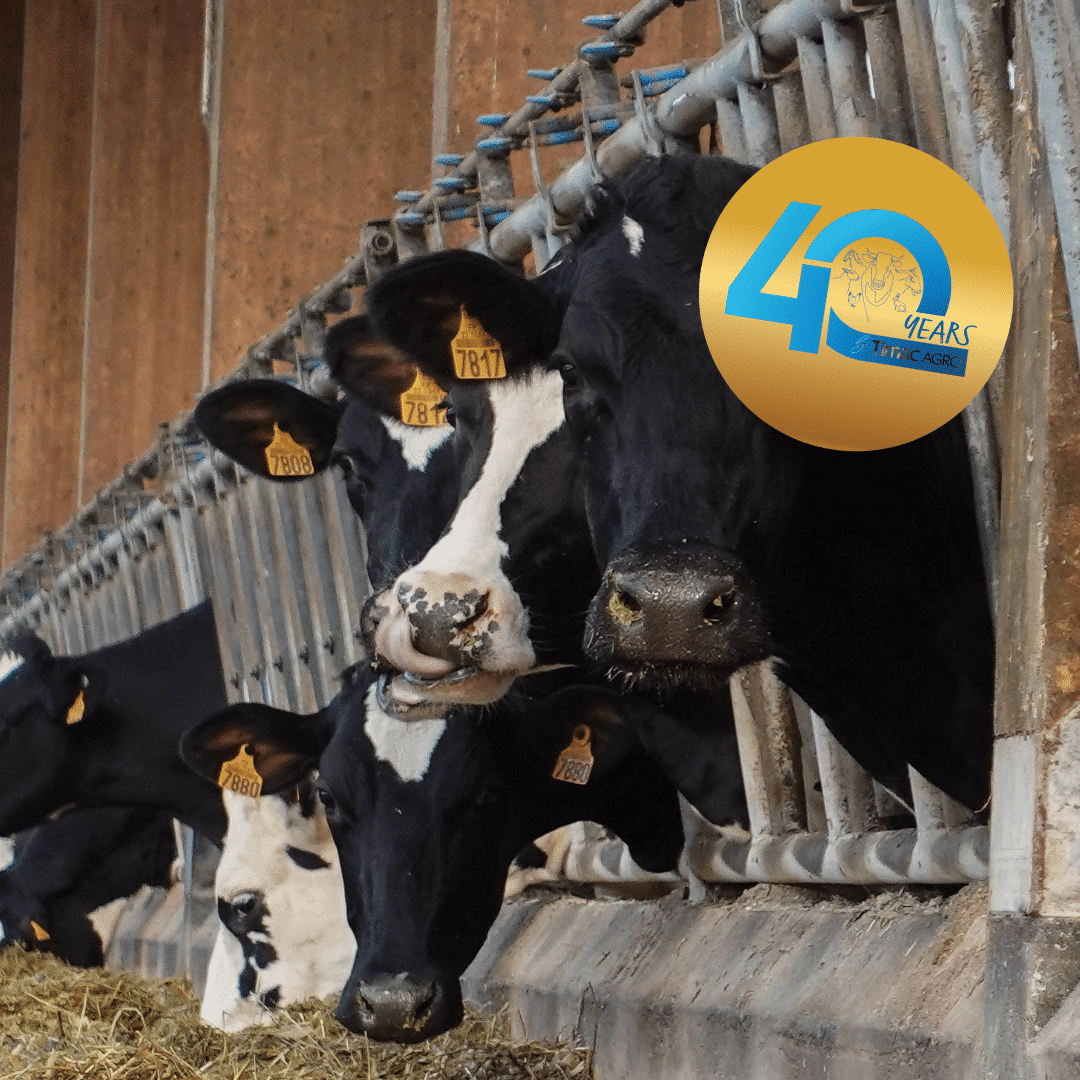Optimizing Silage for Optimal Forage Preservation
Technical expertise serving autonomy and quality
Silage is an essential preservation method to ensure sustainable forage autonomy in livestock farms with high energy needs. Through controlled anaerobic fermentation, it guarantees long-term preservation of forage and allows for consistent and safe distribution throughout the year.
To reap all the benefits, each step, from harvesting to the choice of silage preservative, must be carefully optimized. This approach embraced by TIMAC AGRO, a leader in Plant Nutrition and Animal Production.
Harvesting at the Right Time to Maximize Nutritional Value
Successful silage depends on harvesting at the optimal stage:
- For grass, cutting about a week before heading ensures forage that is rich in energy and easily digestible.
- For maize, a dry matter content between 32% and 35% ensures effective fermentation and good compaction in the silo, reducing losses.
In wet conditions, a higher cutting height helps limit contamination from soil and bacteria such as Clostridium botulinum, the cause of botulism, a serious disease that affects animal health.
The ideal chopping length for maize (14 to 18mm) promotes even compaction and successful preservation.
Promoting Rapid and Stable Fermentation
The goal of the preservation phase is to quickly create a stable anaerobic environment, limiting the growth of undesirable microorganisms and ensuring good retention of the forage’s nutritional value.
To achieve this, several best practices should be followed:
- Rapid filling of the silo to limit unwanted fermentations
- Even and effective compaction, layer by layer, to expel as much air as possible
- Immediate and airtight sealing with high-quality covers to prevent any oxygen from entering
- A stabilization period of 4 to 6 weeks before opening, to ensure complete fermentation
Poor control of these steps can lead to decline in the silage’s nutritional quality, the development of molds that may cause mycotoxin contamination, and decrease in palatability and animals production levels.
To understand the impact and risks, read our article “Mycotoxins: Animal Health Risks and Prevention Solutions”.

Securing Silage with TIMAC AGRO's Expertise
To help ensure stable and safe fermentation, TIMAC AGRO offers innovative range of biological preservatives, including SILAPRILIB 360. This solution is suitable for all types of forage (maize, grass, vegetables, natural pastures, etc.) and is certified for organic farming.
Thanks to an exclusive formulation based on three complementary lactic acid strains, SILAPRILIB 360 works synergistically to:
- Accelerate the establishment of the anaerobic environment
- Rapidly reduce the pH (to below 4.2 by the 3rd day)
- Limit yeasts, molds, and Clostridia
- Allow early silo opening, while ensuring excellent preservation
Unlike chemical solutions, TIMAC AGRO technologies are based on safe and effective biological mechanisms, developed by the Roullier Group’s World Innovation Center. They help preserve the nutritional value of forage while ensuring maximum sanitary stability and improved animal performance.
Adapted to all types of crops, TIMAC AGRO’s silage enhancers meet the specific needs of farmers by ensuring quality, durability, and feed safety all year round.



